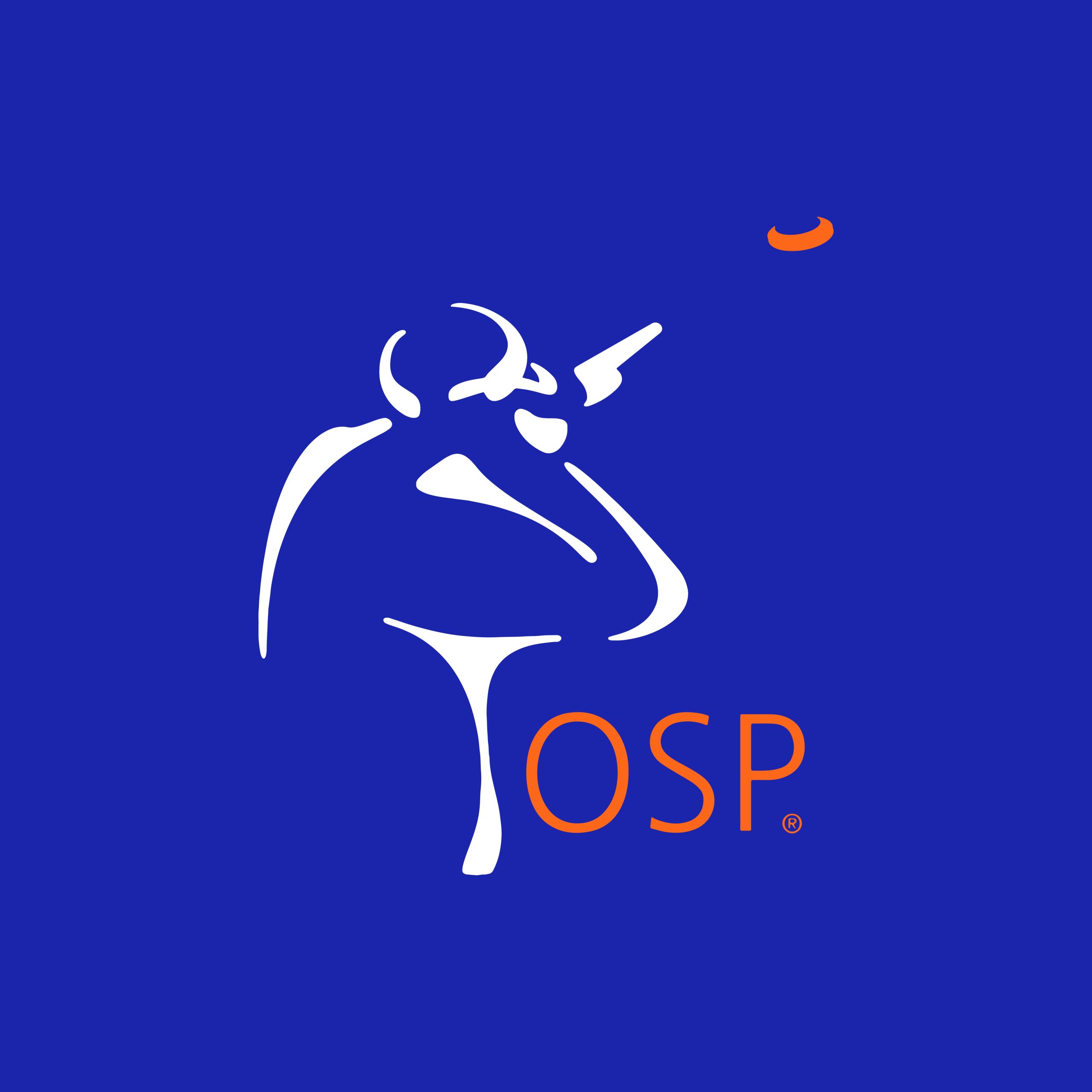Analyzing Your Scorecard
A shooter reached out through our website and I called him. He said he’d been working with his local coach and hadn’t gotten any better and needed help. He had sent me photos of eight to ten of his scorecards.
Now here’s a killer: there was no real pattern in his hits and misses. When I asked him how he was getting lead on the target, he said, “Well, I just tried to get the gun in front and when it feels right, I pull the trigger.” But he finally admitted he was pulling away on most of the shots and that is unforced errors.
There was no commonality in their occurrence. You get rid of the unforced errors and you’ll be in the 90s.
After I looked at all of his cards, I said, “Unforced errors are the difference between a 94 and an 82, or 84.” And more often than not, unforced errors are a result of a lack of a post-visual routine. Or, because there’s no post-visual routine, in your routine in getting ready for the next pair, typically on the third pair, you begin to be careful or you begin to try and want to be sure to do this. You want to be sure that’s right. You don’t want to forget that.
When you start adding those little things, instead of just using your verbal cues with the priming words, when you start adding those things to the workspace, nothing good happens.
To win, you’ve got to run stations. If you run half of them, you end up pretty good. If you run three-fourths of them, you got a chance to win.
I told him to go to the clay target kill shot reviews and look at the pairs video. And notice how all the shots end with the bird and the barrel going the same speed. When your approach evolves to matching speed and the shot has an end, you can predict what it will look like when you pull the trigger. That’s the problem with shooting these decelerating targets pull-away.
This is an excerpt from the October 2021 Coaching Hour podcast. You can listen to it and read a written transcript, along with more than 20 years of archived episodes with your Knowledge Vault membership.




